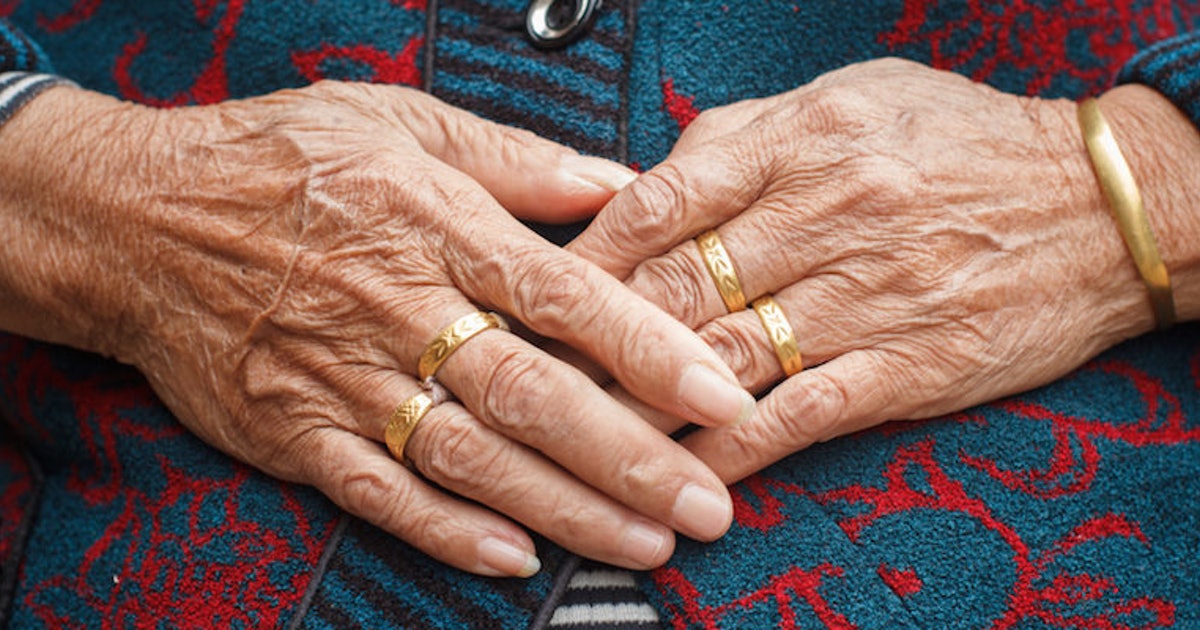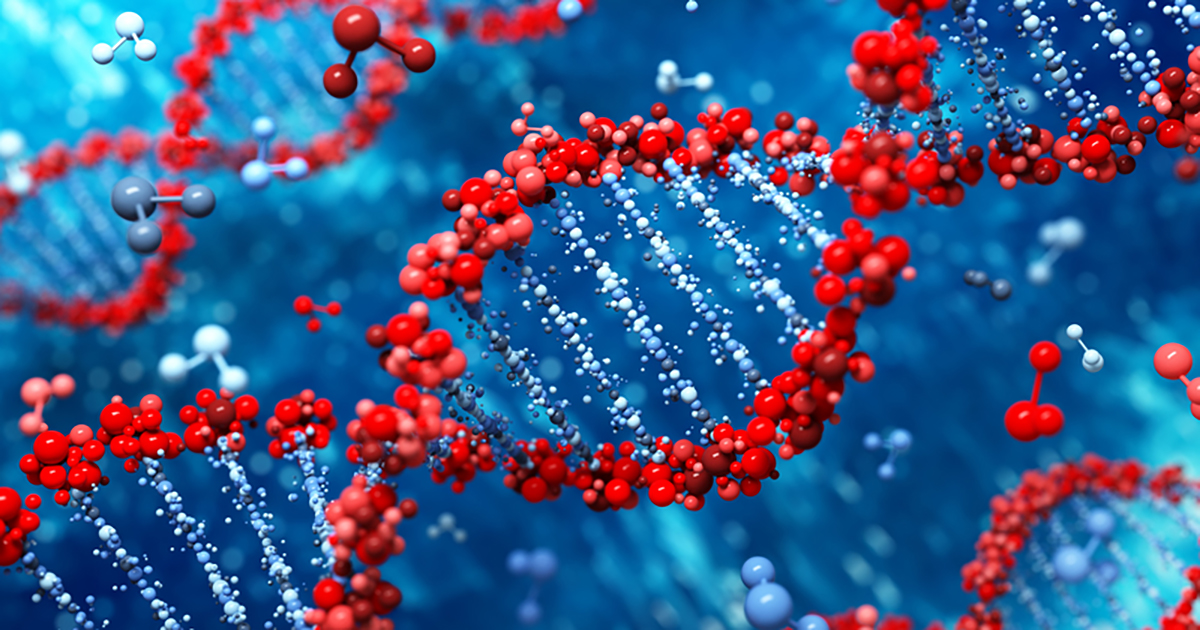What Causes Gray Hair?
Normal Part Of Aging

As is clear at this point, for most individuals, gray hair is a normal part of aging. This happens for many reasons. As individuals age, the melanocytes in their hair follicles that produce pigment die or become inefficient. The hair follicles will slowly produce less color as individuals age. Stress can also play a role as research indicates stress hormones can promote the migration of melanin-producing cells away from the hair follicles. New research also indicates a previously unknown mechanism behind graying hair: hydrogen peroxide.
Over time, the body reduces its production of an enzyme called catalase, which typically breaks down hydrogen peroxide into oxygen and water. This leads to a buildup of hydrogen peroxide in hair follicles. This buildup disrupts production of an enzyme called tyrosinase, which produces melanin in follicular melanocyte cells. This means hydrogen peroxide in the hair follicles blocks the production of melanin and leads to hair that grows in white or gray.
Genetics And Premature Gray Hair

Premature graying is largely an issue of genetics. Several studies have found a link between genetics and premature gray hair, identifying some genes responsible for the melanin loss. The primary gene that causes gray hair was identified as IRF4, the same gene responsible for light hair in individuals of European descent. This gene is responsible for producing and regulating melanin. As hair turns gray, this gene causes even lower productions of melanin.
Researchers are still trying to identify which genes are to blame for premature graying in an individual's twenties although one thing is sure: if someone's parents or grandparents went gray prematurely, they probably will too. Along with genes, ethnicity and race play a role in how soon an individual's hair will likely turn gray. African Americans tend to notice gray hairs beginning at forty years old whereas whites notice graying around thirty-five years old.
